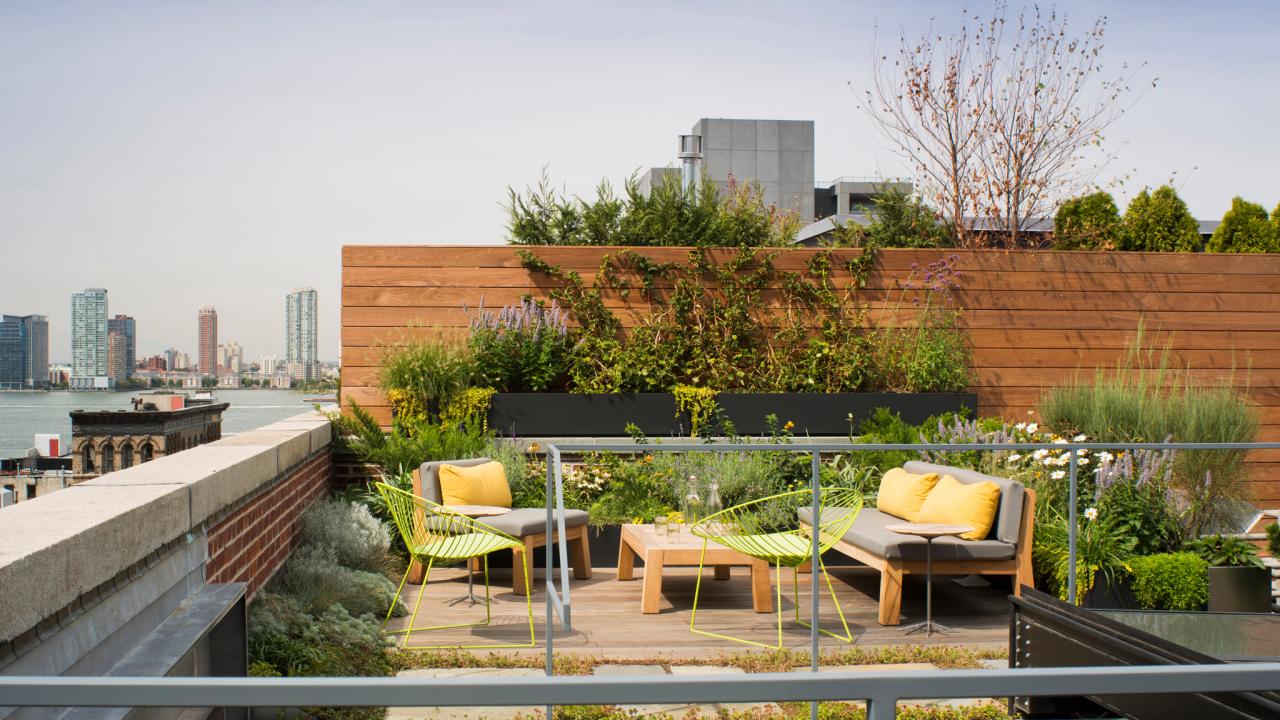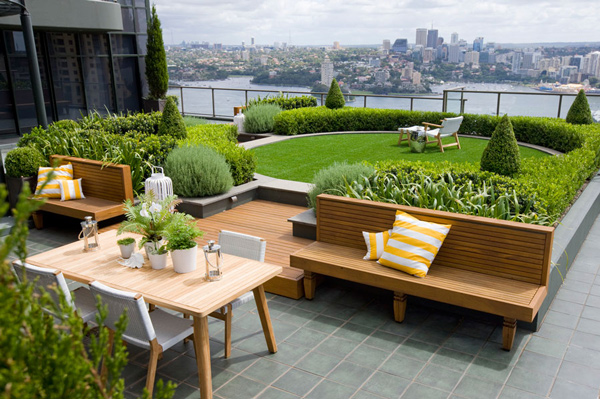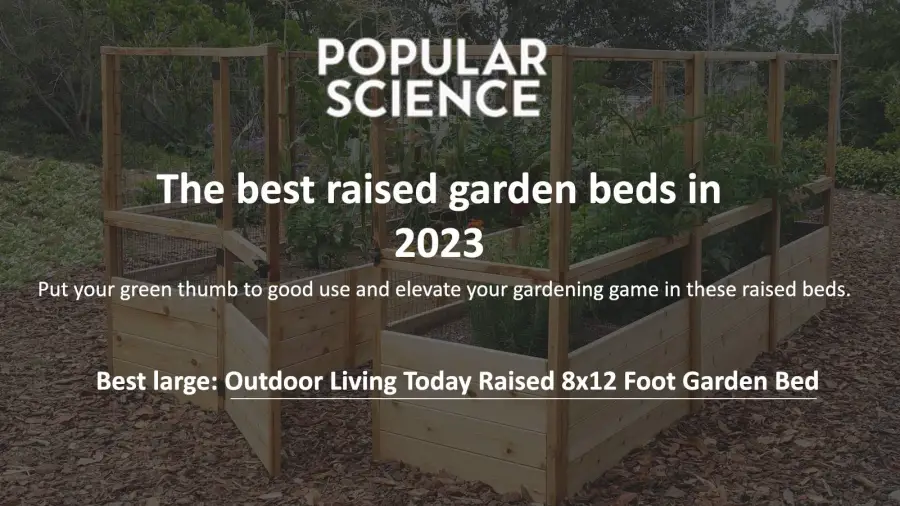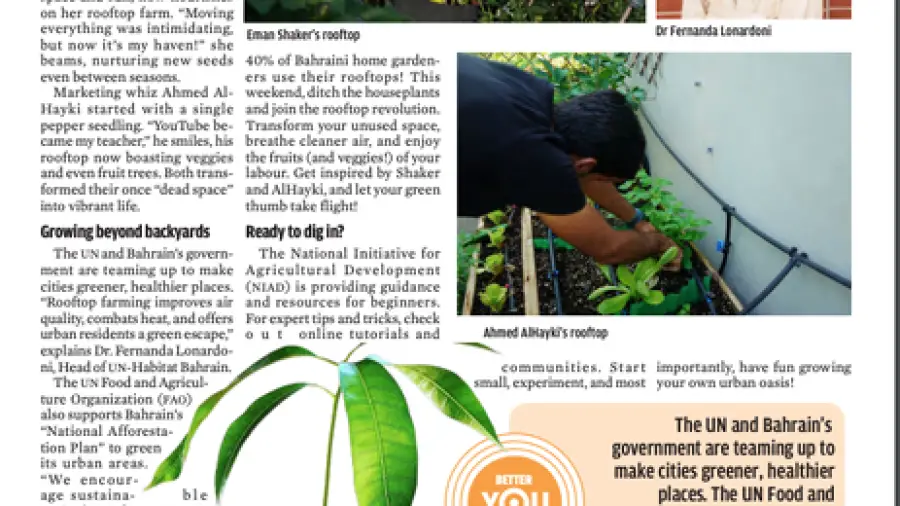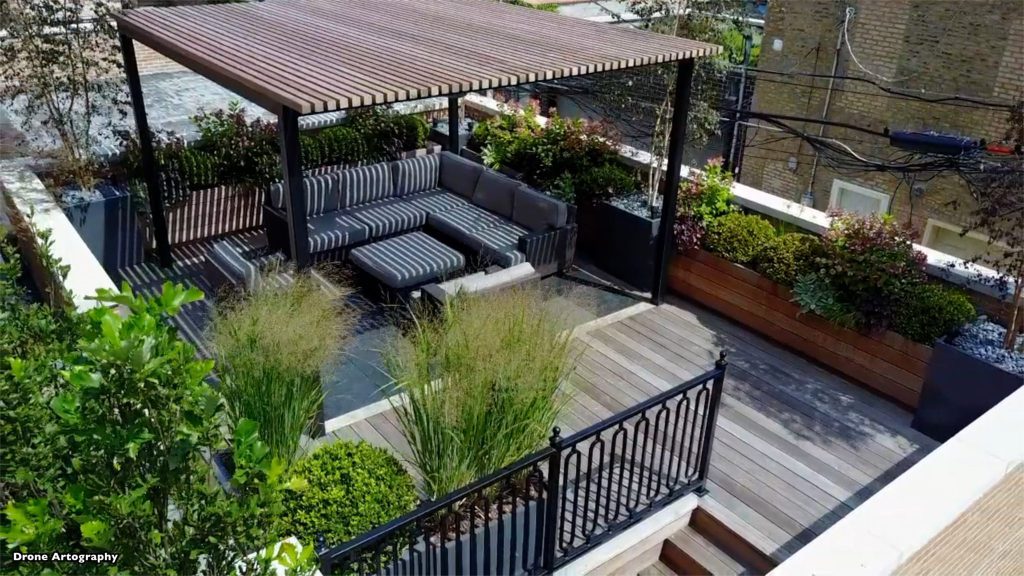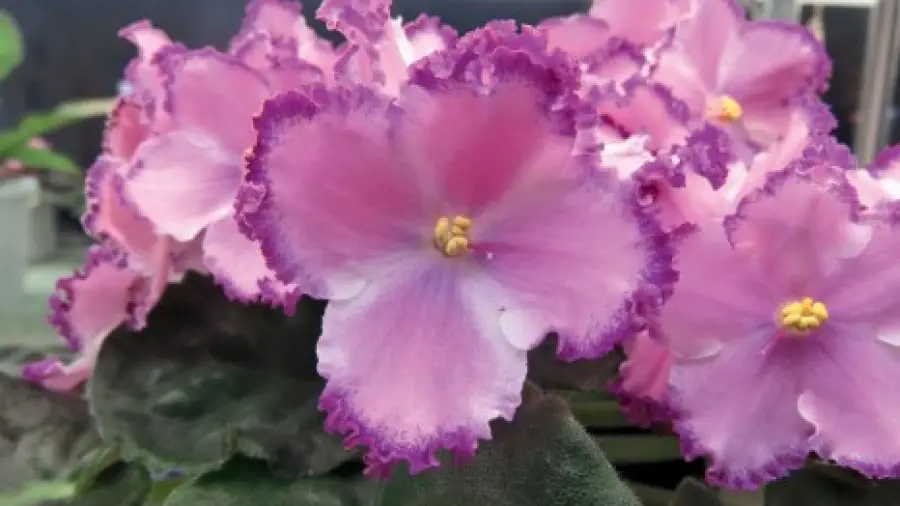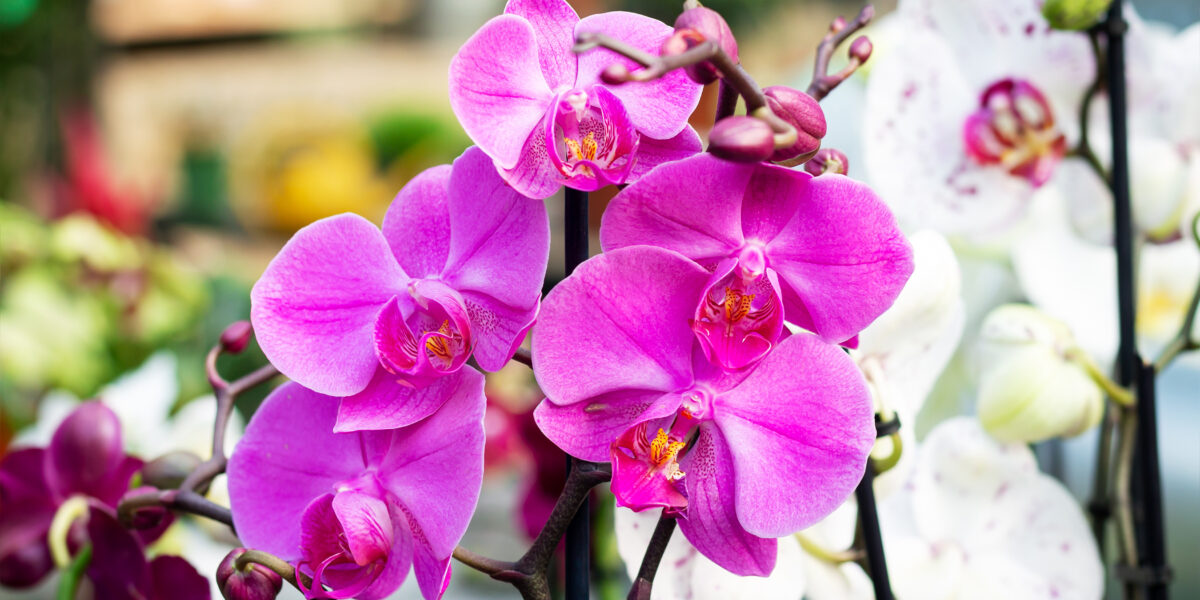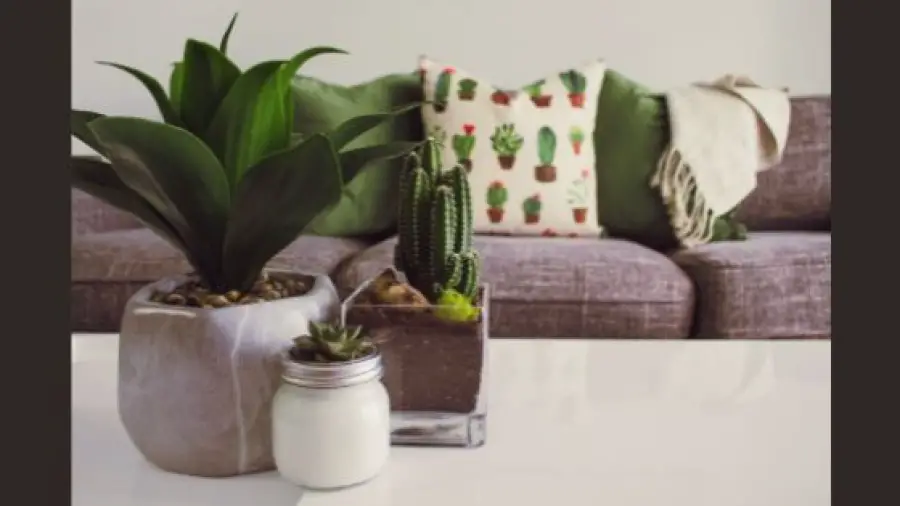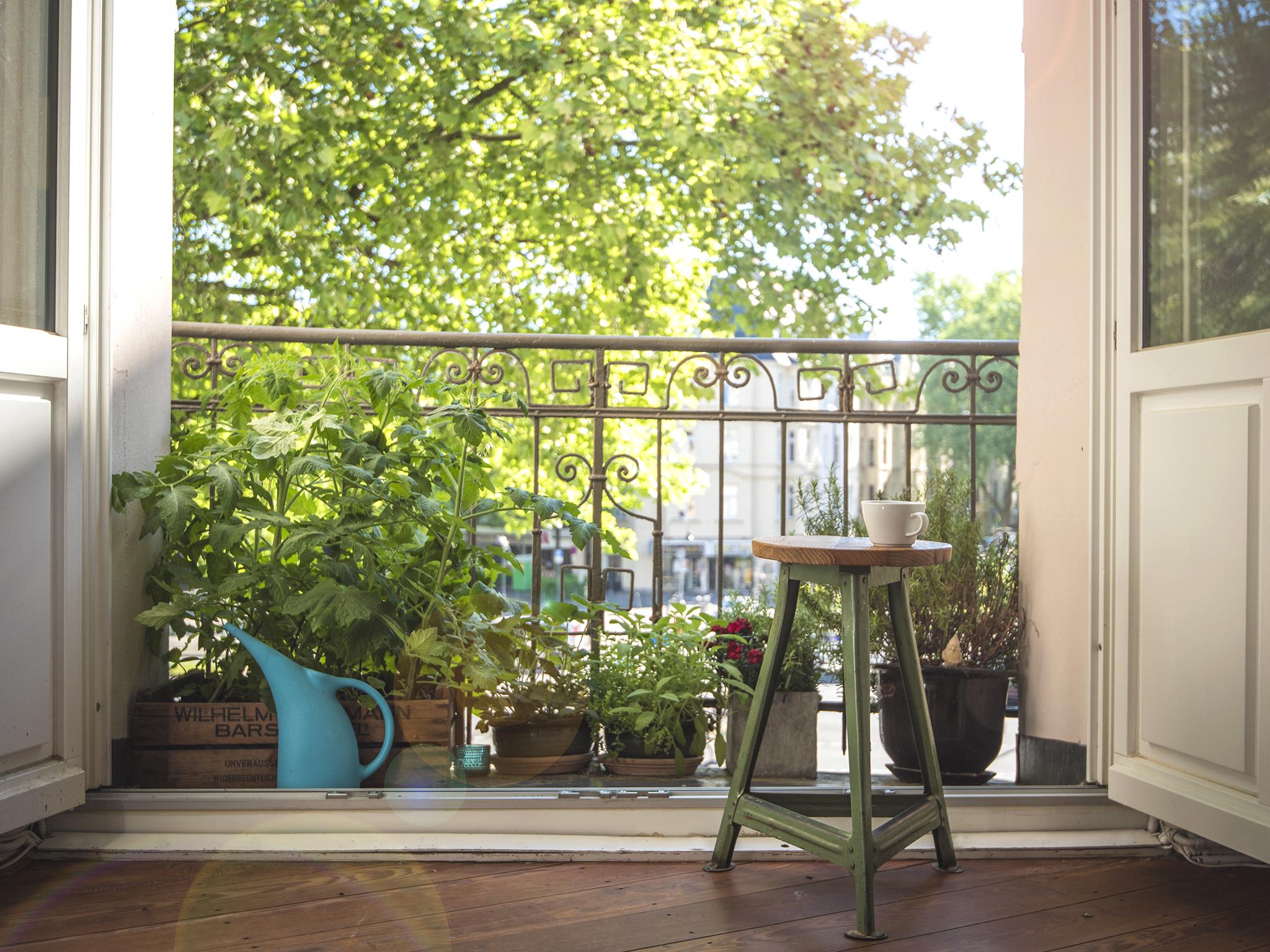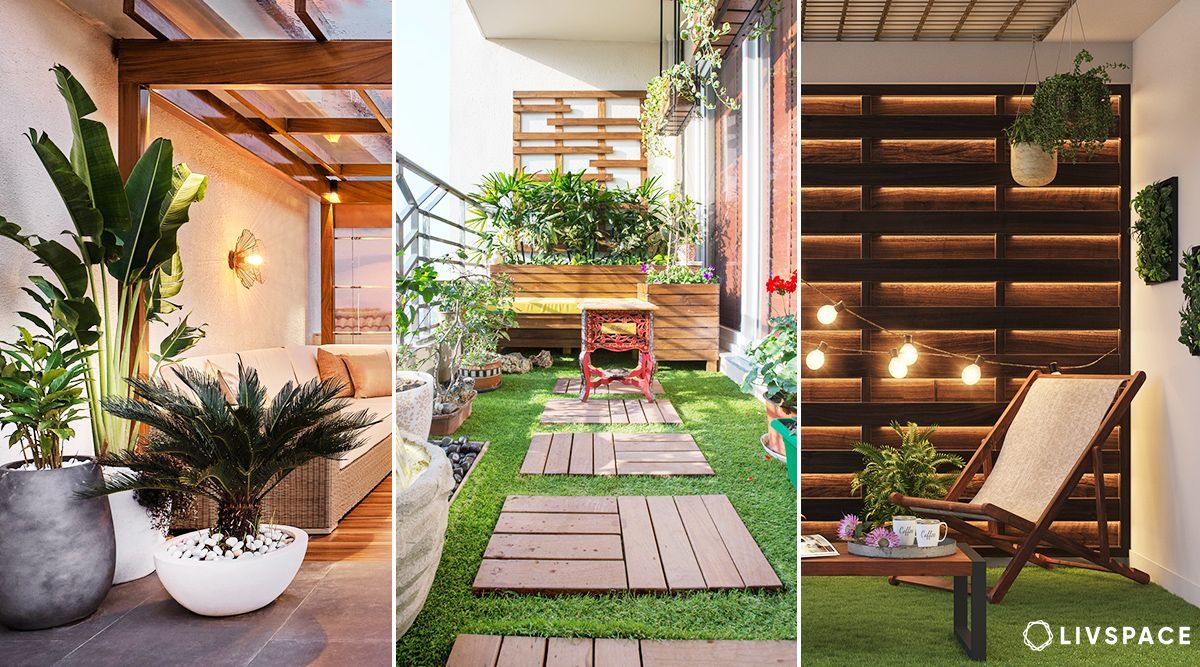Maximize your outdoor space by embracing balcony gardening with vertical planters and hanging pots. Utilize multi-tiered shelving units to grow a variety of herbs and flowers.
Balcony gardening offers a splendid opportunity to create a lush green oasis right outside your door. It’s the perfect solution for urban dwellers craving a touch of nature in compact living situations. An inviting balcony garden can be achieved even on the smallest of ledges, with the strategic use of space-saving ideas.
Balcony Gardening Ideas: Opt for lightweight and durable planters that can easily be moved or adjusted as per the sunlight requirements of your plants. Selecting the right flora plays a pivotal role: consider drought-resistant species or those that thrive in container ecosystems. Companion planting can also enhance your mini-garden’s vitality. By embracing these approaches, you can transform a simple balcony into a thriving extension of your indoor living space, enriching both the aesthetics and the air quality of your urban abode.
Table of Contents
The Rise Of Balcony Gardening
Urban dwellers are discovering the joys of balcony gardening, a trend that brings a touch of nature to the concrete jungle. Creative ideas transform small spaces into lush, green havens. These pockets of greenery offer a peaceful escape, high above the busy city streets. Planters and vertical gardens make excellent use of limited areas.
A glance back reveals rooftop gardens in ancient Babylon as early iterations of today’s balcony gardens. Modern techniques allow even compact balconies to host a variety of plants. Herbs, flowers, and even some vegetables can thrive in these elevated spaces. By embracing balcony gardening, city residents enjoy the benefits of gardening without needing a backyard.

Credit: www.housebeautiful.com
Maximizing Your Balcony Space
Maximizing balcony space needs smart, creative layouts. Use vertical gardening to grow plants upwards. This method saves floor space. It also lets you grow more plants. Fill your balcony with green friends in the sky!
Here’s how to set up a vertical garden:
- Choose wall-mounted or hanging planters.
- Use stackable pots for different plant types.
- Install a trellis for vine plants.
- Set up shelves at different levels for pots.
Always pick the right plants for your balcony’s sun. Succulents and herbs love sunny spots. Ferns and hostas prefer shade.
Choosing The Right Plants
Selecting the perfect plants for your balcony can transform it into a lush retreat. Herbs like basil and mint thrive in balcony conditions savoring the limited space. Succulents are champions in withstanding dry climates and intense sunlight. Petunias and geraniums add vibrant splashes of color and are suited for sunny spots. It’s crucial to recognize your balcony’s direction and amount of sunlight it receives. North-facing balconies may benefit from shade-loving ferns and begonias, while south-facing balconies can house sun-loving lavender and rosemary. A good mix of plant types creates a balanced and appealing environment. The key is to match the plants to your balcony’s unique conditions.
Innovative Container Options
Transform your balcony with innovative container options that blend style and sustainability. A recycled container approach turns ordinary items into unique plant havens. Think old boots or colorful bottles. These quirky homes for your plants not only save the earth but also save you money.
Seeking elegance? Stylish pots and planters elevate your garden’s look. Opt for chic ceramic or sleek metal designs. Mix and match sizes for visual interest. Plants thrive in these trendy homes and your balcony becomes a garden showcase.
Essential Gardening Tools For Balconies
Creating a lush balcony garden requires the right tools. For tight spaces, a compact toolkit is key. Essential items include pruning shears, which help keep plants in shape. Gloves protect your hands during work. A small trowel lets you dig and plant with ease.
For watering, options must fit the space. Collapsible watering cans save room. Drip irrigation kits, customized for balcony sizes, offer a low-maintenance solution. Self-watering pots ensure plants get moisture even when you’re busy.
Balcony Garden Care And Maintenance
Maintaining a healthy balcony garden requires attention and consistent care. Divide tasks into daily, weekly, and monthly routines to stay on top of them. Water plants as needed, considering weather and plant types. Remove dead leaves to keep plants happy and growing. Feeding your plants the right fertilizer is key for lush foliage and blooms.
Dealing with bugs in a small space demands special care. Start with natural remedies, like soapy water to fight pests. Invite nature’s helpers, such as ladybugs, that eat harmful insects. Use sticky traps for flying pests. If needed, opt for organic insecticides but use them carefully. Regularly check plants for early signs of infestation. Act quickly to prevent bugs from spreading.
Edible Gardens In The Sky
Growing vegetables and herbs on your balcony transforms it into an edible oasis high above the ground. Tomatoes, peppers, lettuce, and herbs like basil enjoy the high-rise life. Start with good quality potting mix in containers that provide ample space for roots. Regular watering and feeding plants with organic fertilizer will yield a rich bounty. Choose plants suitable for container gardening, such as dwarf varieties. Ensure six to eight hours of sunlight daily for most edibles. For limited space, use vertical planters or hanging pots. Rotate pots periodically for even sunlight exposure. By planting companion species together, such as tomatoes with basil, you enhance growth and flavor.
Decor And Ambiance
Creating a cozy ambiance on your balcony is all about the right touches. Accessorize your green space with a mix of planters, wind chimes, and perhaps a quirky sculpture. Consider the addition of comfortable seating, like a hammock or a lounge chair. These elements invite relaxation.
Next, think about lighting. String lights or solar lamps add a warm glow, making your balcony inviting after dark. Combine both function and charm with these choices. Your furniture can be both stylish and practical – a small table for your drinks, or a bench that doubles as storage.
The Social Aspect Of Balcony Gardens
Balcony gardens can transform personal outdoor spaces into oases of tranquility and beauty. A balcony filled with plants fosters a spirit of community, as neighbours often bond over shared interests in gardening.
Seeing lush plants and vibrant flowers on a balcony can spark conversations with neighbors. These interactions could lead to plant swapping, tips exchange, and even joint gardening projects. Shared balcony spaces become venues for social gatherings and foster meaningful relationships.
Gardening enthusiasts might inspire others in the community to start their own green spaces. This can create a ripple effect of balcony transformations. Sharing successes and challenges leads to a richer gardening experience for everyone involved.

Credit: www.amazon.com
Challenges And Solutions Of Balcony Gardening
Balcony gardening brings unique challenges, particularly with weight restrictions and safety considerations. It’s crucial to check your balcony’s weight capacity before adding heavy pots and soil. Opt for lightweight planters and use potting mix instead of garden soil to reduce load.
Strengthen safety by securing planters firmly and ensuring they do not obstruct pathways or exits. Barrier screens can prevent pots from tipping over and add an extra layer of protection.
Addressing extreme weather means selecting hardy plants that can withstand wind and sun exposure. Shade cloths or adjustable awnings can shield plants during peak sunlight, while moveable containers allow you to protect them during harsh conditions.
The Future Of Balcony Gardening
Urban dwellers are embracing balcony gardening as it transforms living spaces. Smart balcony gardens are a key innovation. These gardens use tech to grow plants easily. They track water and sunlight needs. Many people love growing their own food. This is even when they have small spaces.
Gardening tech is getting better. It helps your plants live longer. You can control many smart gardens with your phone. This makes balcony gardening simple and fun. People of all ages are trying it.
:max_bytes(150000):strip_icc()/balcony-filled-with-large-variety-of-potted-herbs-and-flowers-1257320040-0c3a7ffcad284b4da79aec32d6baf3f3.jpg)
Credit: www.treehugger.com
Conclusion: A Personal Oasis
Creating your balcony garden has been a rewarding journey. Whether seasoned or new, remember that patience and perseverance bloom alongside your plants. Embrace each challenge as a chance to learn and grow. Your balcony can transform into a beautiful retreat, an oasis that reflects the care and love you’ve invested.
For those just starting, take heart. Begin with easy-to-care-for plants and celebrate every small success. Each green leaf can bring peace and joy. So, go ahead and plant the seeds of your garden dream—bit by bit, it will flourish into your personal paradise.
Frequently Asked Questions Of Balcony Gardening Ideas
What Veggies Can I Grow On My Balcony?
You can grow a variety of vegetables on your balcony, including tomatoes, peppers, radishes, lettuce, and herbs. Choose compact or dwarf varieties and use containers with proper drainage.
Which Plant Is Best For Balcony?
The best plant for a balcony is petunias, known for vibrant colors and ease of maintenance, thriving in both sun and partial shade.
What Are The Best Tips For A Balcony Garden?
Choose the right plants for your climate and balcony exposure. Ensure adequate drainage in containers to prevent root rot. Utilize vertical space with hanging pots and wall planters. Water regularly but don't overwater. Fertilize periodically for healthy plant growth.
How Do You Make A Balcony Garden Beautiful?
Select a variety of plants, including fragrant flowers, herbs, and dwarf shrubs for visual appeal. Incorporate colorful pots and vertical planters to save space. Hang string lights or lanterns for ambiance. Add a small water feature for a calming effect.
Keep the space tidy and well-maintained.
Conclusion
Transform your balcony into your own slice of nature with these gardening ideas. Let your green thumb lead the way to a refreshing outdoor escape. Embrace compact plants, vertical gardens, and vibrant pots. Delight in the serenity and satisfaction your new garden brings.
Happy gardening!
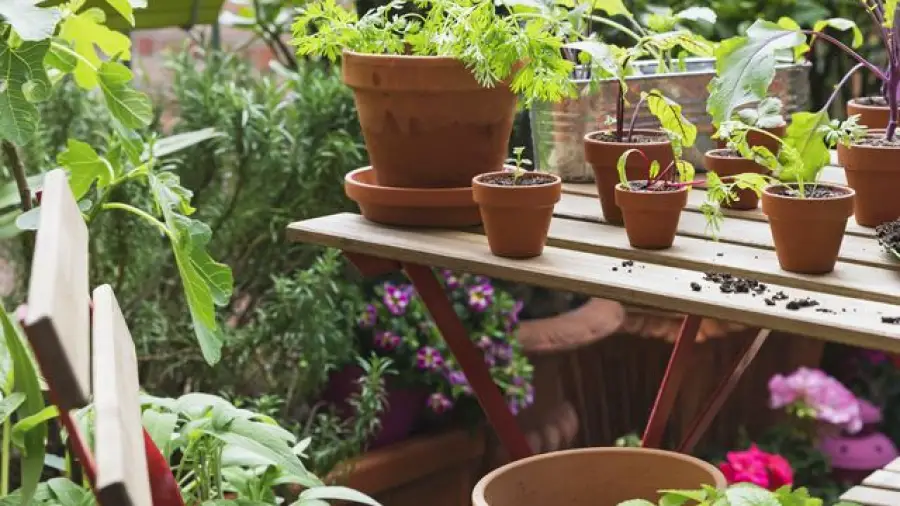



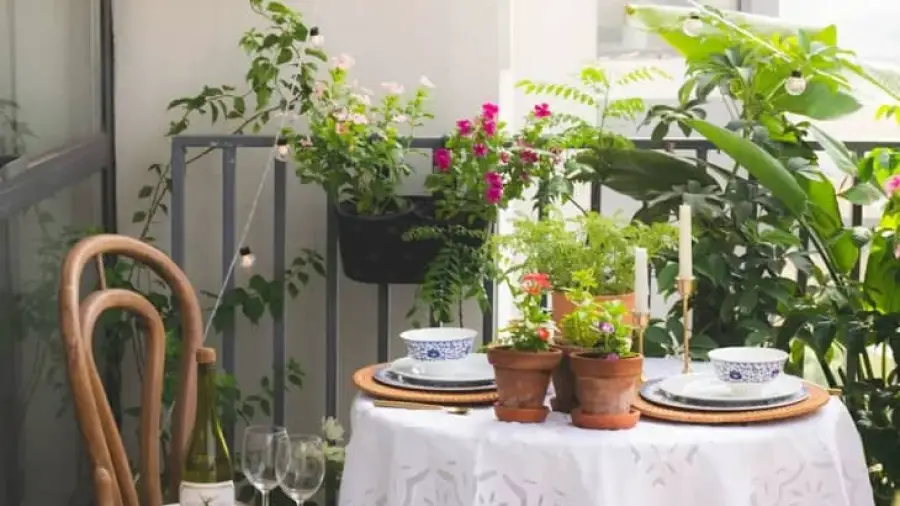
:strip_icc()/purple-reigns-floral-vegetable-planter-D7q-J2Q145e92dy5xUEyfj-12f1e3f1ac5f42ebae0d5d996de5d914.jpg)

:max_bytes(150000):strip_icc()/102138928_preview-2000-557743471643439d97b80a540fc6f005.jpg)


